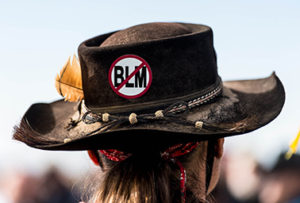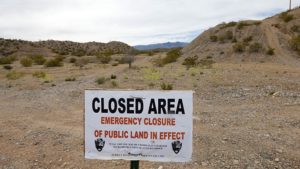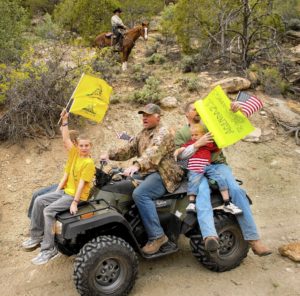BLM Reaches Settlement Agreement in Longstanding Utah Land Use Litigation



On January 13, the Bureau of Land Management (BLM) filed a settlement agreement in U.S. District Court along with off-highway vehicle advocates and various conservation groups. If approved by the court, the agreement would end more than 8 years of litigation over land use and travel management plans on approximately 10 million BLM-administered acres in Utah. In 2008, conservation groups challenged revisions to six BLM resource management plans (RMPs) and argued that they left too many lands open to off-highway vehicles and oil and gas drilling, in addition to other concerns.
The settlement would require the agency to redo management plans designating 4,300 miles of motorized vehicle routes in Southern Utah to minimize potential harm to wildlife, cultural, and archaeological sites. The tentative settlement agreement comes after more than six months of negotiations overseen by the Circuit Mediation Office for the U.S. Court of Appeals for the Tenth Circuit and must still be approved by U.S. District Senior Judge Dale Kimball.
If finalized, the deal would commit BLM to devise new travel management plans in the contested areas covered by the RMPs over the next eight years. The portions of litigated area were chosen by parties due to their high likelihood of containing cultural and historic resources. BLM noted it will work with Native American tribes, cultural experts, and the state of Utah to conduct intensive surveys. Additionally, the settlement would require BLM’s Utah office to update a 2011 air resource management strategy and a 2013 photochemical modeling analysis to ensure air quality impacts of specific oil and gas activity are adequately studied in the future. The settlement also includes a stipulation that challenging groups will accept a payment of $400,000 to cover attorneys’ fees, costs, and expenses. In return, the conservation groups will dismiss their claims against the six land use and travel management plans. The state of Utah, several counties, and various oil and gas companies that intervened on behalf of BLM reviewed the settlement and agreed not to oppose its approval.
A settlement has been in the works since 2013, when Judge Kimball threw out revisions to one of the many challenged RMPs. Judge Kimball found that BLM failed to document how its designation of OHV routes would minimize harm to soils, plants, air, wilderness character, wildlife and quiet uses, as required in the BLM’s regulations. The judge also found that BLM failed to conduct intensive “class III” inventory of archaeological resources, which requires site visits, which is something BLM has agreed to in the settlement. Lastly, the RMP failed to consider wild and scenic river protections and excluded special protections for the Henry Mountains based on “political concerns” rather than standards of federal law. Although the RMP was only one that the conversation groups challenge, Judge Kimball ruled on it first. Environmental plaintiffs argued that BLM’s five other revised plans suffered from the same deficiencies and would also eventually be struck down. Judge Kimball then issued an order in May 2015 giving BLM three years to fix the deficiencies outlined in his ruling.
While the settlement agreement is still awaiting approval, a U.S. district judge agreed to stay proceedings in this long-standing legal challenge on January 17.
